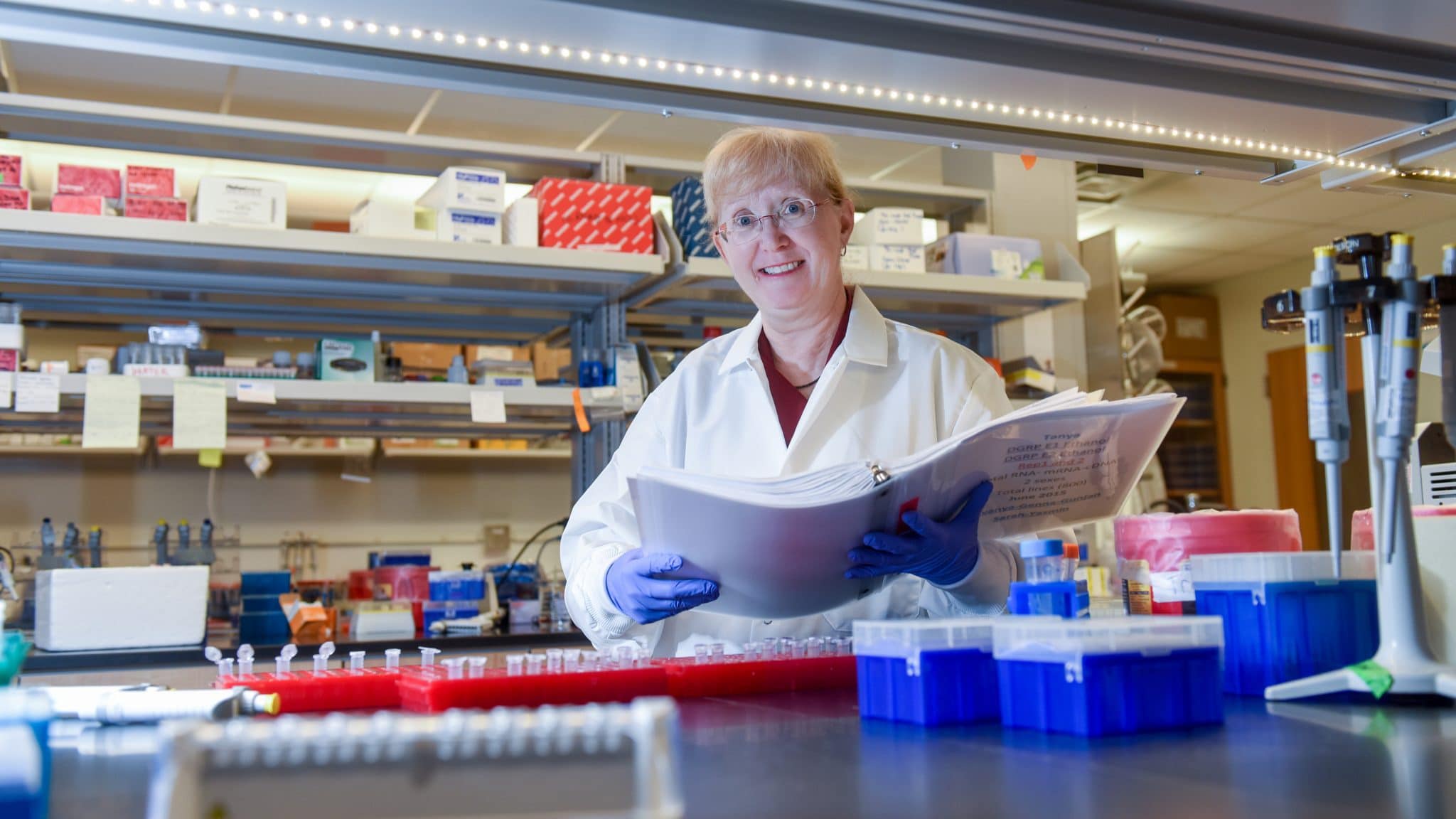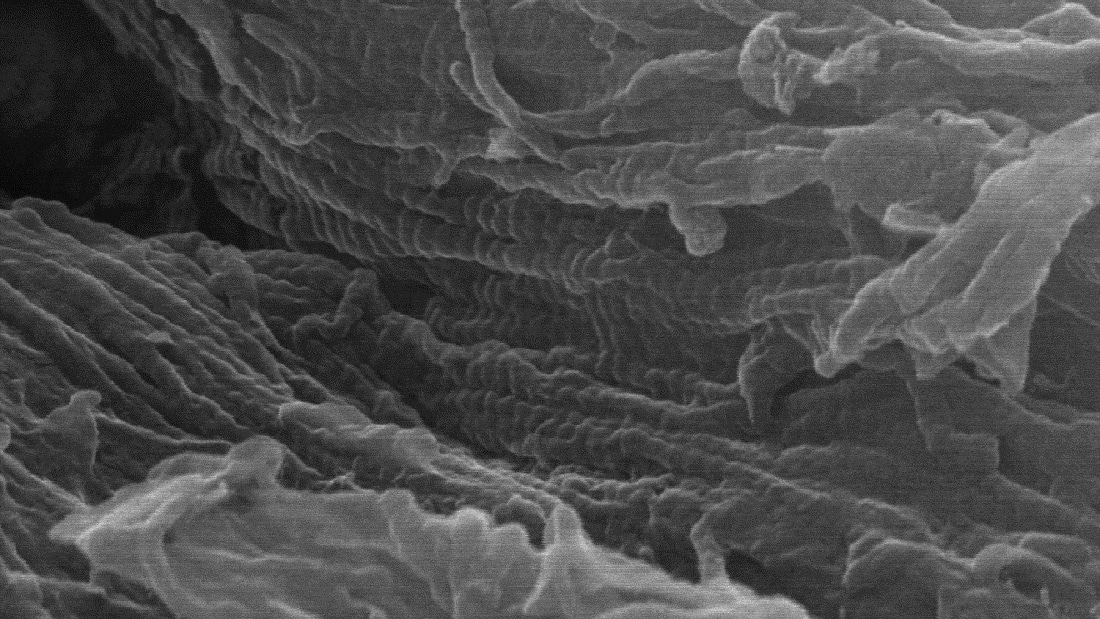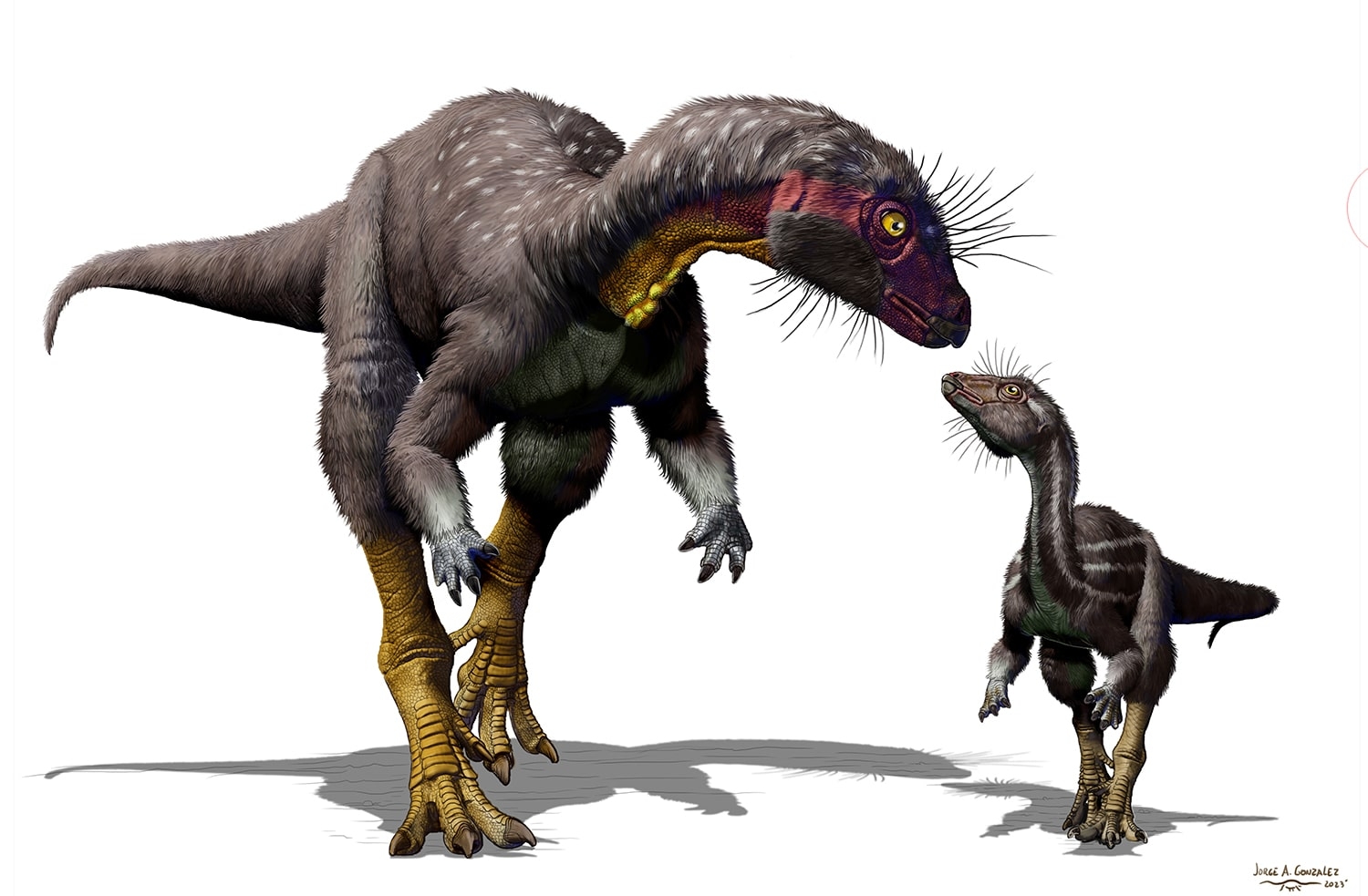When Trudy Mackay got the call that she had won the Wolf Prize in Agriculture, one of the world’s most prestigious awards for academic achievement, she couldn’t believe what she was hearing.
“I thought she was a telemarketer,” Mackay said of the caller. When she realized the news was legitimate, she was nearly speechless.
Mackay may have been shocked, but the many researchers around the world who have built on her pioneering work were not. Mackay is always at the leading edge of genetics research, her colleagues say. And she uses her considerable influence to offer clear and consistent vision “of where the field should be headed,” said Jeff Leips, a biological sciences professor at the University of Maryland, Baltimore County, who has worked with Mackay.
That sort of profound and widespread scientific influence led the Wolf Foundation of Israel to name Mackay as one of seven recipients worldwide of the 2016 Wolf Prize. The prize is one of the world’s top honors for academic achievement, and many of its recipients have gone on to win Nobel Prizes. Mackay, William Neal Reynolds and University Distinguished Professor in NC State’s Department of Biological Sciences, received the award during a ceremony at the Knesset in Jerusalem in early June.
Mackay’s work focuses on the genetic and environmental factors affecting variation in quantitative, or complex, traits. These are characteristics that can be tied to one or more genes in an organism. Her signature project is the Drosophila Genetic Reference Panel (DGRP), a collection of more than 200 fruit fly (Drosophila melanogaster) lines that were inbred for 20 generations.
Richard Lyman, a research scientist in Mackay’s lab, originally collected the flies from the State Farmers Market in Raleigh. Although this seems an unlikely place for scientific research, Mackay explained that NC State geneticists had been collecting and studying flies from the market for decades.
“It was a population that had been studied for many years in a row, so when we got ready to collect our own flies, it only made sense to get them there,” Mackay said.
Because of the generations of inbreeding, there is very little genetic variation within each line, while the different lines have different genetic makeups. Geneticists at Baylor University have sequenced the genes of the fly lines that Mackay’s team has bred, and now researchers around the world can easily cross-reference test results for specific traits — such as life span or disease susceptibility — with each fly’s genetic makeup.
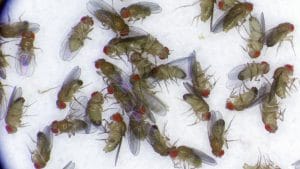
But why study the fruit fly? For one, researchers can produce a new generation every two weeks, allowing them to quickly identify how traits are passed from generation to generation. For another, what makes humans sick generally makes fruit flies sick.
“The remarkable thing is that 70 to 75 percent of human disease genes actually have a counterpart in the little fruit fly,” Mackay said. “We can often find results in flies that can translate to humans.”
Take alcohol sensitivity. The researchers use a device called an inebriometer, a tube filled with pure ethanol vapor, to test how long it takes flies to pass out from the alcohol vapors. In doing so, they can correlate flies’ sensitivity to alcohol with differences in their genetic makeup.
“The flies react to this pure ethanol vapor in much the same way as humans would if they consumed too much alcohol,” Mackay said. “They at first become hyperactive, and then they become sedated. They lose postural control, turn over on their little backs and fall down dead drunk.”
She noted that, like humans, the flies recover from the effects of the alcohol in a few hours. The more times the same flies go through the inebriometer, the more their alcohol tolerance increases.
After running a genetic screen on the flies that had been through the inebriometer, they identified a gene called malic enzyme that they thought could be related to the differences in reactions to alcohol consumption. The gene has a human counterpart, and after studying human DNA from a test group, Mackay’s team identified variants at the location of this gene that correlated with alcohol-drinking habits.
The team has had similar success in identifying genes that correlate with human susceptibility to glaucoma. Other traits they are studying include aggression, life span, olfaction and stress resistance. Eventually, the work could lead to new treatments.
“These traits are very important for human disease, for agriculture and also for natural selection,” Mackay said.
Teams all over the globe are using the flies Mackay’s lab has sequenced to study other traits.
The sequences in the reference panel are publicly available, and researchers can order the flies from a stock center at Indiana University. The center has shipped more than 25,000 samples to 30 countries on five continents.
Leips, the scientist in Maryland, leads a team that’s using the DGRP lines to identify the genetic basis of age-related decline in a number of traits, including immune response and reproduction. He called the lines “crucial” to the success of this work. “Our findings could have profound implications for treatment of age-related diseases and disabilities,” he said.
Maria De Luca, associate professor in the Department of Nutrition Sciences in the School of Health Professions at the University of Alabama at Birmingham, uses the DGRP to study fat storage and energy metabolism in flies to learn more about genetic implications for human obesity. She credits Mackay with laying the foundation for this important work. “The DGRP lines have become a widely used genomic resource for the scientific community,” she said.
Mackay came to NC State 28 years ago from the University of Edinburgh in Scotland after meeting then-NC State faculty member Bruce Weir. She saw an opportunity to shift her research toward molecular genetics.
She found a collaborative environment at NC State. Many of her lab’s projects were started by Ph.D. students who have since gone on to significant research positions in labs around the world.
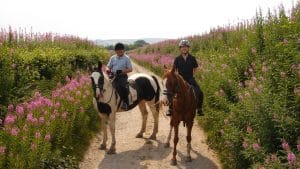
Raleigh was also where she met her husband, Robert Anholt, another decorated NC State geneticist who won the university’s Holladay Medal for Excellence this year. Though he was initially focusing on pure biochemistry, Mackay suggested that he adapt his work to study olfaction in fruit flies. That began a long collaboration, and today, the two share adjacent lab space and some lab staff.
Mackay also noted that the support of the university and other funders has been crucial to her work. Since coming to NC State, her work has been continuously funded by the National Institutes of Health.
Though Mackay’s work is influencing scientists all over the world, she’s not focused on earning accolades or changing the face of science. She just wants to learn more about genetics each day.
“When you’re doing this day to day, you’re not thinking of anything but telling the truth as the flies tell you,” Mackay said. “You’re not there to make discoveries; you’re there to answer questions, and discoveries happen as a natural consequence of asking those questions.”
But, through the years, Mackay’s research has taught her to be ready for the next challenge. “The most interesting discoveries are the ones that make no sense,” Mackay said. “Whenever you find something that you can’t explain, then you know that’s the future.”
- Categories:
